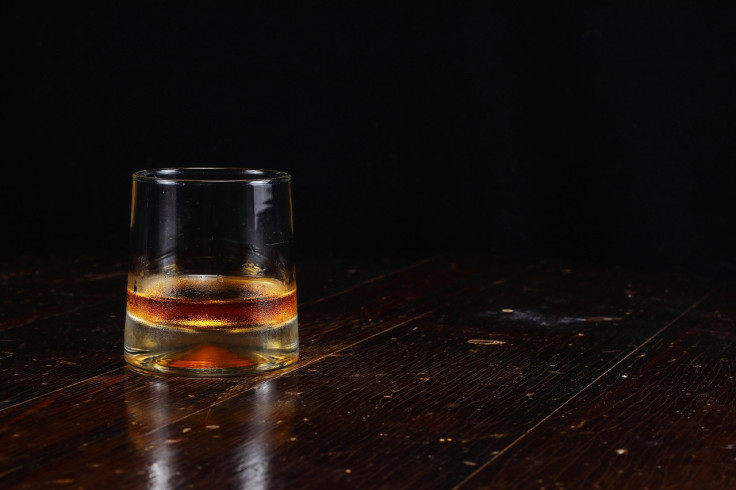The Laos Methanol Poisoning Could Happen To You: Early Signs, Symptoms You Should Be Aware Of
Here's how methanol poisoning happens and how you can avoid it

A British man lost his sight, and six tourists died after drinking methanol-tainted alcohol at a hostel in Vang Vieng, Laos.
In 2024, a group of tourists drank what appeared to be standard free alcohol served at Nana Backpackers Hostel, a popular stop for backpackers in Vang Vieng. The drinks, however, were contaminated with methanol — a toxic alcohol used in industrial products like fuel and antifreeze.
Six people died, including two Australian teenagers, two Danish women, a British lawyer, and an American tourist. British survivor Calum Macdonald, 23, went blind after consuming only a small amount. Eight hostel staff were later detained as Laotian authorities launched a criminal investigation into the source of the contaminated alcohol.
What Is Methanol and Why Is It So Dangerous?
Methanol is a type of alcohol not meant for human consumption. It is clear, has a faint smell, and is often impossible to detect when mixed into drinks. Just 10 mL can cause permanent blindness, and 15 mL or more may be fatal.
Once ingested, the body breaks methanol down into formic acid and formaldehyde — both highly toxic to organs. These by-products affect the optic nerve and the brain, leading to blindness, unconsciousness, or death. The most severe symptoms may not appear until 12 to 48 hours after drinking, making early detection critical.
Early Signs and Symptoms to Watch For
The first symptoms can feel like regular alcohol intoxication: confusion, dizziness, vomiting, or extreme fatigue. But these symptoms can escalate quickly into more severe problems, including seizures and coma.
A key warning sign is unexpected vision trouble. People may experience blurred vision, sensitivity to light, 'snowfield' or tunnel vision — or in some cases, total loss of sight. If someone feels significantly more drunk than expected for the amount consumed, or has unusual vision issues, urgent medical attention is needed.
Could This Happen to You? Where the Risks Are Highest
Methanol poisoning is more common in parts of Asia, the Middle East, and Africa, particularly in places where alcohol is homemade or poorly regulated. Laos, Cambodia, Indonesia, and parts of Eastern Europe have seen outbreaks in recent years.
In June 2025, 57 people were poisoned and 9 died in Jordan after consuming methanol-contaminated alcohol. Twelve suspects were charged with murder and attempted murder. Similar cases have occurred in Russia, Iran, and Mexico, often linked to counterfeit or unlicensed drinks sold cheaply to tourists or low-income locals.
How to Reduce the Risk When Travelling
Avoiding methanol poisoning requires basic precautions. Stick to licensed establishments and avoid street vendors or places offering free or very cheap alcohol. Homemade spirits, buckets of cocktails, or unlabelled bottles are particularly high-risk.
Check bottle seals and labels for tampering or printing errors. If something tastes or smells off — or if it's unclear what's in your drink — don't drink it. While methanol is hard to detect, being cautious about where and what you drink significantly lowers the risk.
What to Do If You Suspect Methanol Poisoning
If you or someone you're with experiences vision problems, intense intoxication after only a small amount of alcohol, or any of the listed symptoms, seek medical help immediately. Treatment is time-sensitive and should be started as soon as possible.
Doctors may use ethanol or a drug called Fomepizole to block the toxic breakdown of methanol in the body. In severe cases, dialysis is needed to remove the substance from the bloodstream. The earlier treatment begins — ideally within 10 to 30 hours of ingestion — the better the chances of survival and recovery.
© Copyright IBTimes 2025. All rights reserved.




















